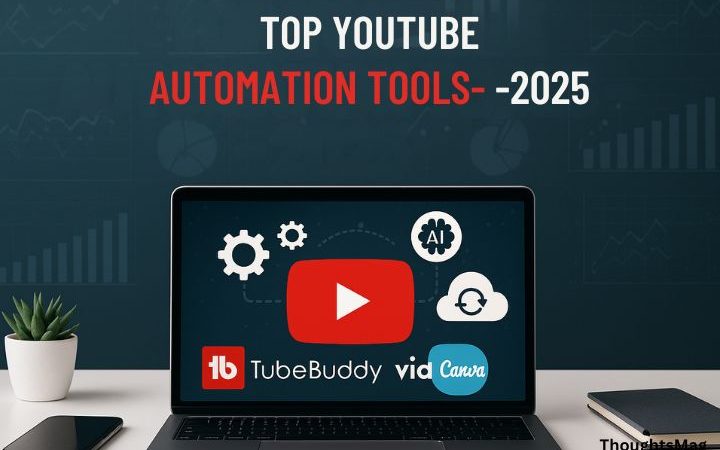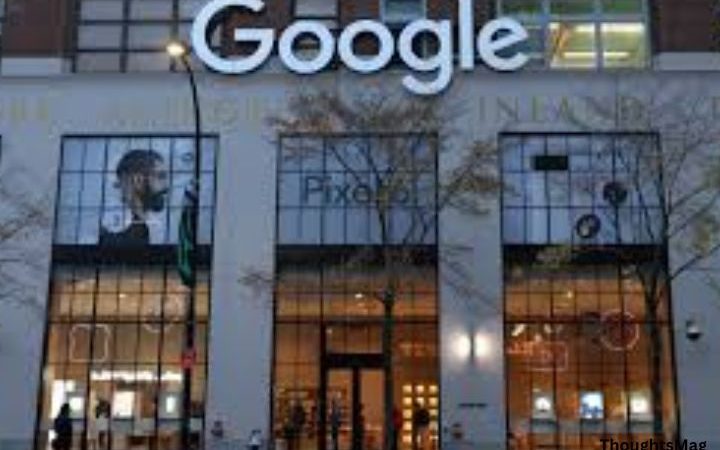A Beginner’s Guide to Using Google Ads (Previously Google Adwords)


Are you spending a huge amount of time and money, but your brand is still not popular? Are you selling the best sports suits in the world, but your neighbor’s shop still has more sales? It seems like your advertising methods just don’t work well. How to fix that? Start using Google Ads – by yourself or with help of a Google Ads agency. No matter if you are a beginner or an experienced user, Google Ads will open up completely new opportunities for you.
What is Google Ads?
Google Ads is a powerful advertising platform that businesses of all sizes can use to reach their target audience and increase their online visibility. With over 3.5 billion Google searches per day, advertising on Google Ads can be an effective way to attract potential customers, increase brand awareness, and generate leads and sales.
How Google Ads work
Google Ads helps to create and display ads on the Google search engine results pages (SERPs) and other websites in the Google Display Network. Advertisers can choose from various ad formats, including text, image, and video ads, and target specific keywords, geographic locations, demographics, and interests to reach their desired audience.
Google Ads works on a pay-per-click (PPC) model, where advertisers only pay when someone clicks on their ad. Advertisers can set a maximum bid for each click and a daily budget for their campaign, and Google’s auction system will determine which ads appear on the SERPs and how much each click costs.
Through data analysis and optimization, advertisers can improve the performance of their ads and achieve their marketing goals, such as driving website traffic, generating leads, or boosting sales.
For the best results with Google Ads, it is recommended to use professional assistance. Go here https://uawc.agency/google-ads-management/ and let UAWC bring in a steady stream of conversions and sales. With us, your business will grow!
How to use Google Keyword Planner for your ads
To learn how to use Google advertising we start with something called Google Keyword Planner. It is a free tool offered by Google that assists in selecting relevant keywords for your business to target. The way the tool works is rather straightforward: you input words and phrases related to your business, and the keyword planner provides insights on those keywords, such as the frequency of searches.
Additionally, the tool provides suggested bid amounts and the level of competitiveness for specific keywords. These details enable you to make informed decisions regarding your Google Ads campaign.
Step 1: Set up your account
First of all, you need to set up your account for Google Ads. You can do this with an existing Google account, or create a new one specifically for Google Ads. After that, provide the main information about your account, such as your location, time zone, and billing currency.
Step 2: Go to Google Keyword Planner
Next, let’s go to the planner itself – click the button “Go to Keyword Planner”.
Step 3: Discover New Keywords
Now you are at your Google Ads campaign dashboard. Click on the “Discover New Keywords” option, and enter the products or services related to your business that you want to advertise. Keywords are very important for understanding Google adwords, so make sure that you set up an accurate and detailed list of them. For example, your company sells women’s underwear, so your keywords might be these: underwear, lingerie, sexy lingerie, bralette, bra, sports bra.
After clicking “Get Results,” the Keyword Planner will show you a list of related keywords and their search volumes, competition levels, and suggested bid amounts. You can use filters to narrow down your results. Once you have selected the keywords that are relevant to your business, you can add them to your Google Ads account or download them as a CSV file.
How to advertise on Google (Easy method)
The functionality of Google Ads can be overwhelming, especially for beginners. But don’t worry if you are one of them, with this guide you can quickly learn how to advertise on Google.
Step 1: Define a winning goal
You begin from the Google Ads homepage. Log in (or sign up) for your account and click on + New Campaign on your dashboard. Then choose the main goal of your campaign: generating calls, getting more sales, etc.
Step 2: Craft a fantastic ad
Let’s create your first ad! It consists of a headline and a description. The more headlines and descriptions you make, the more combinations Google Ads will try to find out which ones work best and which ones can be discarded. On the right, you can see your text ad example – how it will look for future customers. Also here you can add the phone number to the ad.
Step 3: Choose your keywords
The next step is to identify keywords. You already know from the previous section that they are very important for effective advertising. Therefore, try to use the ones that best fit your business.
Step 4: Choose your target audience
Don’t forget to choose your target audience, so that the ads are displayed to the relevant people an in relevant places – in a certain radius or part of the world.
Step 5: Set up your budget
And, finally, the payment. Here you will find out how to purchase Google ads. You can choose a daily budget from the suggested ones or set your own. Under the budget amount, you will see the monthly amount, as well as the estimated number of clicks you can expect to gain with it.
How to advertise on Google (Advanced method)
If you are not a beginner and have already dealt with Google Ads, feel free to switch to the expert mode.
Step 1: Define your goals and select campaign settings
First, define the goals of your campaign. They can be increasing website traffic, generating leads, increasing brand awareness, etc. You also need to choose the campaign type. Depending on the specified goal and the type, Google Ads will offer you different advertising options to help you save time and money, and achieve the desired result.
Add a link to your website, if you already have one, and set up conversion tracking.
Step 2: Choose your targeting and budget
Next, you need to choose your targeting by selecting locations to target and languages of your advertising. Then, set your daily budget. Don’t be ashamed to start with little sums or make mistakes. Every marketer does a lot of them before finding a balance between spending money and campaign effectiveness.
Step 3: Set up the ad group
The next step is making the ad group and filling it with keywords. Pay attention to match types – depending on how you write them, keywords can have a broad, phrase, or exact match. Later you will review the list and cross out the keywords without good results, or even add them to your negative keyword lists.
Step 4: Craft your ad
Create your ad with a headline and a description. Make a few of them to test which ones will work better.
Step 5: Billing
Add your billing information. Confirm your payment details, add your debit or credit card, and click the button “Submit”. Your account is now activated.
Tracking and monitoring
The work does not stop once the ads are out. You also need to make sure you are getting accurate data on your ads’ performance. For that, you need two things:
- Track user activity.
Your ads will lead people to your landing pages. If you don’t have tracking set up, you will only know that they have clicked your ad. Not every user that comes to your website will convert. To know how well your ads are performing, and to use proper remarketing strategies, you need to know what exactly users are doing on your website. For this, you’ll need to use Google Analytics and Google Tag Manager.
- Monitor your metrics.
These include average cost-per-click, impressions, click-through-rate and conversion rate. Depending on your goals, some might be more important than others. For example, if you are running a brand awareness campaign, impressions will be more important than the conversion rate. It is the opposite if you are looking to increase sales.
Congratulations! Your first Google Ads campaign is done. After its approval, which may take some time, you can start working with it in your dashboard. There is information about all of your campaigns (clicks, impressions, budget), parts of which you can edit at any time. Don’t focus on creating the perfect campaign the first time – it’s impossible. But the more campaigns you make, the better advertiser you will become.






